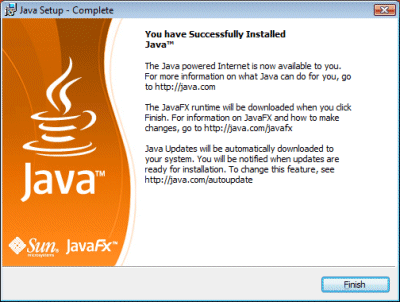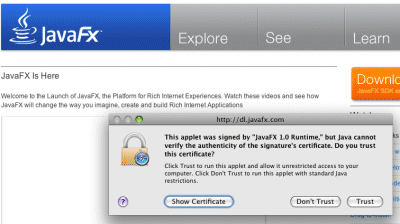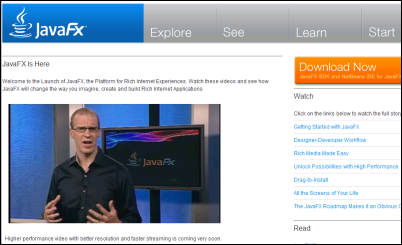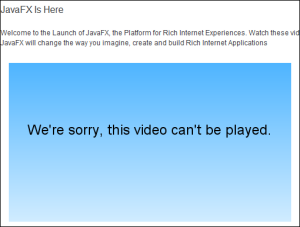Sun’s Simon Phipps stirred things up last weekend when he called Google’s actions wanton and irresponsible. Its crime: delivering a cut-down Java library for use on its App Engine platform, “flaunting the rules” which forbid creating sub-sets of the core classes.
It does sound as if Google is not talking to Sun as much as it might. Still, let’s note that Google has good reason to omit certain classes or methods. App Engine is a distributed, shared environment; this mean that some things make no sense – for example: writing to a local file – and other things may be unacceptable, such as grabbing a large slice of CPU time for an extended period.
Salesforce.com addressed this same issue by inventing a new language, called Apex. It’s Java-like, but not Java. The company therefore avoided accusations of creating an incompatible Java, and conveniently ensured that Apex code would run only on Force.com, at least until someone attempts to clone it.
Google’s approach was to use Java, but leave a few things out. This FAQ gives an overview; and the article Will it play in App Engine lists common frameworks and libraries with notes on whether they work. Given that languages like JRuby, Groovy and Rhino work fine, it’s clear that core App Engine Java is not too badly damaged. The big omissions are JDBC (because you are meant to use the App Engine datastore, which is not relational), and Enterprisey things like JMS, EJB and JNDI. Google is nudging, or shoving, developers towards RESTful APIs along with its built-in services.
Will you be able to escape App Engine if you have a change of heart after deployment? I’d guess that porting the code will not be all that hard. Perhaps the biggest lock-in is with identity; you could roll your own I guess, but Google intends you to use Google accounts and supplies a Java API. Microsoft is ahead of Google here since it does support federated identity, if you can get your head round it: you can authenticate users in the Microsoft cloud against your own directory using Geneva. The best Google can offer is Directory Sync; though even that is some protection from identity lock-in.
Java support on App Engine is actually a vote of confidence in Java; if what is good for Java is good for Sun, then Sun is a winner here. That said, just where is the benefit for Sun if companies host Java applications, built with Eclipse, on Google’s platform? Not much that I can see.



